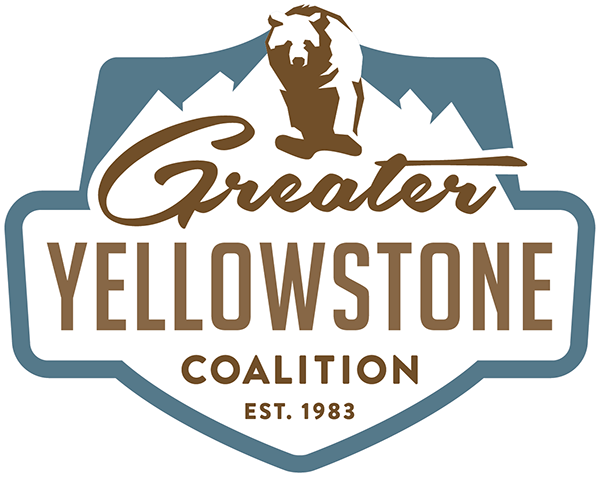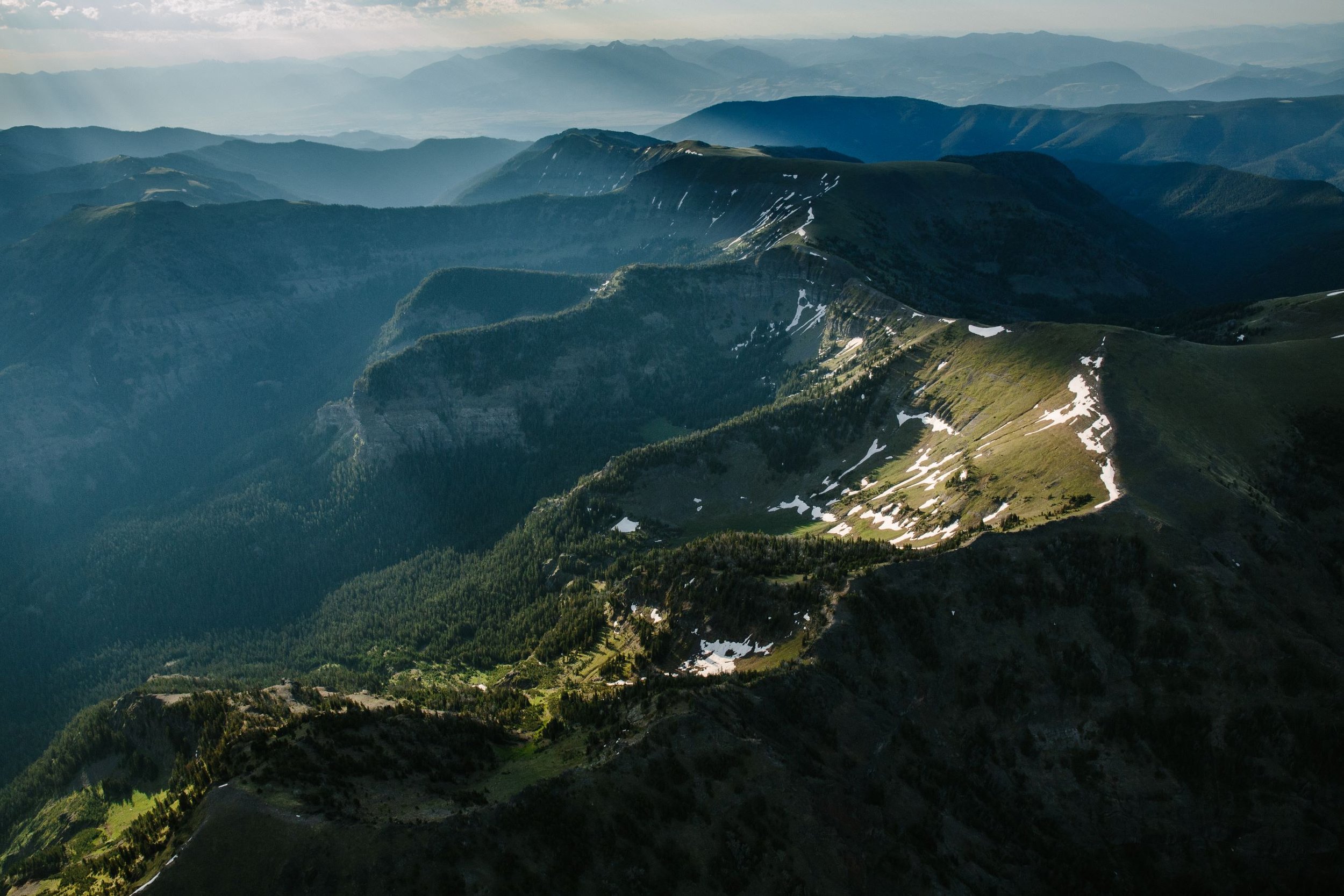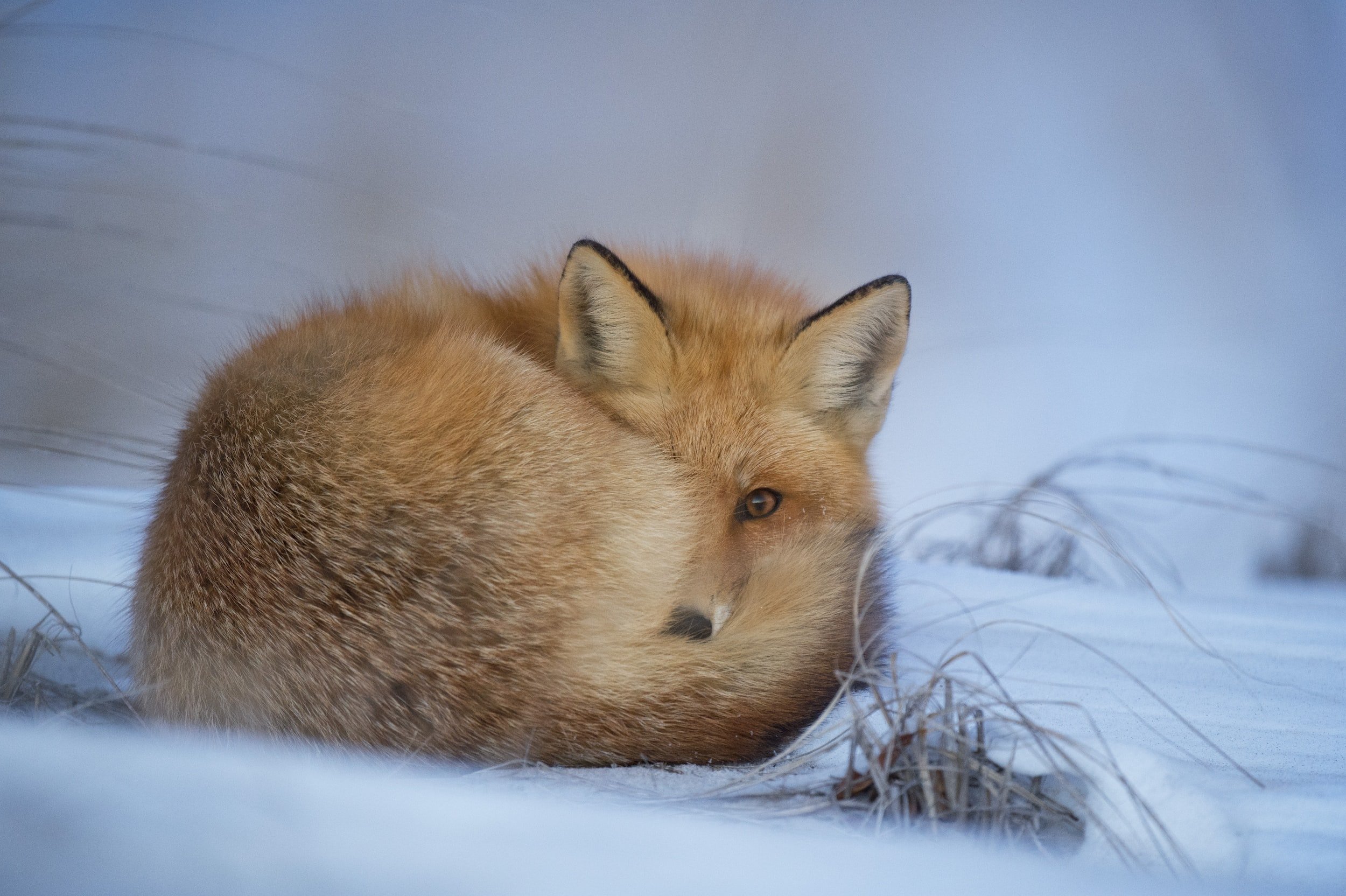Blog and Stories
Grizzly Bear 399 Put a Spotlight on Conservation
As news spreads that Grizzly bear 399 was struck and killed by a vehicle this week in Wyoming, it’s worth pausing to recognize how a single bruin in the Greater Yellowstone Ecosystem made such an impact on how people connect with the species.
Reclaiming Tribal Lands at Muddy Ridge
Muddy Ridge is an expanse of undeveloped land in the northeast portion of the Wind River Indian Reservation removed from Tribal control in 1920 to create irrigation infrastructure for non-Tribal residents. GYC is working in lockstep with Tribal leadership from both the Eastern Shoshone and Northern Arapaho Tribes to advocate for the repatriation of Muddy Ridge and resolve this decades-old injustice.
Giving Yellowstone Cutthroat Trout a Boost in Montana
Yellowstone cutthroat trout once occupied habitat across Montana, Wyoming, Idaho, and slivers of Nevada and Utah. Now, they are in steep competition with nonnative fish for habitat and resources. To help give the Yellowstone cutthroat trout a leg up, GYC staffers volunteered to work with partners to remove invasive brook trout from Mill Creek, a slow-moving stream near Yellowstone National Park’s northern border.
Installing Bear Bins in Greater Yellowstone to Help Keep People Safe and Grizzlies Wild
Grizzly bears are one of Greater Yellowstone’s most iconic species and a key component in a healthy ecosystem, but their wildness and human safety is put at risk by the bears’ penchant for getting into trash. This summer, GYC invested in various programs to implement bear-resistant storage solutions across the ecosystem, including at campgrounds, a school, and backcountry livestock allotments.
Wildlands Music Festival Raises Crucial Funds for the Greater Yellowstone Coalition
GYC was selected alongside Wild Montana and Gallatin Valley Land Trust to benefit from the two-day Wildlands Music Festival created by Outlaw Partners.
GYC and the WYldlife Fund Partner to Raise $2.7 Million for Wyoming’s Highway 26 Wildlife Crossing Project
GYC and the WYldlife Fund teamed up to raise $2.7 million in donations to help keep people safe and wildlife alive along U.S. Highway 26 in Wyoming. This substantial fundraising effort will strengthen the state’s application as it competes for highly competitive federal grant funds.
Wildlife Crossing Project North of Yellowstone Clears Another Hurdle
After four years of collaborating with partners, meeting with landowners, hosting community workshops and events, collecting data, and investigating tangible solutions, Yellowstone Safe Passages is proud to announce that their proposal for two overpasses at the Dome Mountain priority site along US Highway 89 has been awarded state funding to complete an engineering feasibility study.
Act Now or Lose It All: The Urgent Need for the Greater Yellowstone Conservation and Recreation Act
Now is the time to protect the Madison and Gallatin ranges with the Greater Yellowstone Conservation and Recreation Act.
Montana Fish and Wildlife Commission Passes Measures that Signal Progress for Yellowstone Wolves
On August 16, 2024, the Montana Fish and Wildlife Commission voted for incremental, yet critically important changes to state policies aimed at improving conditions for Yellowstone wolves and the people that depend on them. These changes will reduce the risk that entire Yellowstone packs can be killed just across the park boundary and ban the use of motion tracking devices (e.g., telemetry) as hunting practices that could provide an unfair advantage to wolf hunters.
Eastern Shoshone Artist’s Work Selected to Represent the Wind River Water & Buffalo Alliance
Wind River Indian Reservation entrepreneur and artist Sharolyn “Shay” Jimerson’s logo design has been selected to represent the Wind River Water & Buffalo Alliance.
Final Travel Management Plan Released for Southeastern Idaho BLM Lands
The Bureau of Land Management (BLM) Upper Snake Field Office recently released a plan that defines and manages travel and recreation on its lands in southeast Idaho. The plan –the Upper Snake East Travel Management Plan – is the first of its kind in this corner of Idaho. The GYC team is continuing to evaluate what this plan means for BLM lands in southeast Idaho and the wildlife and natural resources they support.
Virtual Fencing Arrives in the West: What Is It and What Does It Mean for Conservation?
Virtual fencing is an up-and-coming technology designed to reduce labor for livestock producers, enhance rangeland health, and potentially reduce the number of fences crisscrossing the private and public grazing lands around the world.













